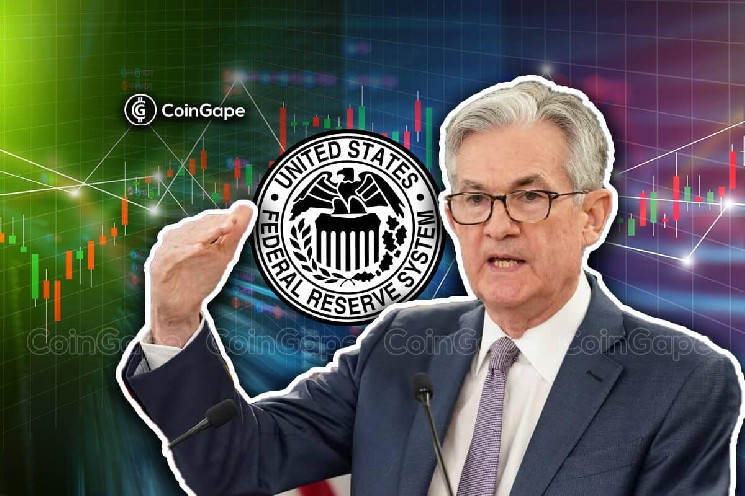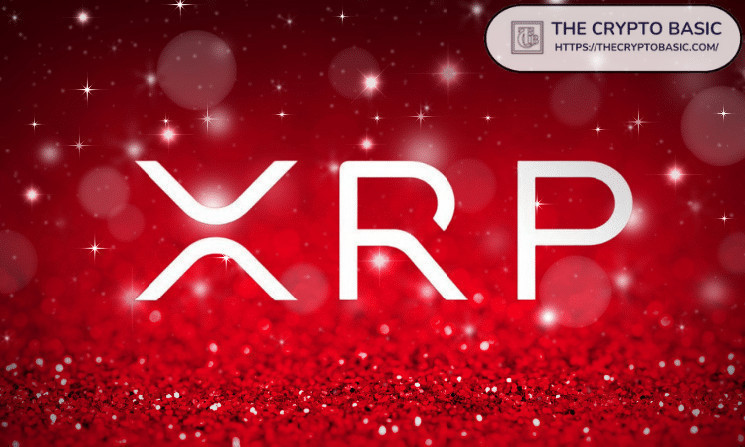Market speculations on how the Fed rate cuts will be rolled out this year have been dwindling since the release of today’s CPI data. A hotter-than-expected inflation print has kept market sentiments under pressure, raising concerns about the interest rates will stay higher for longer.
US CPI Comes Hotter Than Expected
As CoinGape previously reported, the U.S. Bureau of Labor Statistics released the much-needed Consumer Price Index (CPI) inflation figures for February, revealing higher-than-expected US inflation of 3.2%. Annual core CPI inflation, on the other hand, decreased even further to 3.8% from 3.9% last month—a greater percentage than anticipated at 3.7%. The monthly rate of 0.4% is in line with January’s rate of 0.4%, exceeding market expectations. The US is still experiencing a slow deflation process, despite the high rate of inflation, according to the February data.
Possible Delayed Fed Rate Cut
Since December of 2023, the market had priced in around three rate cuts for 2024, with the first-rate cut anticipated in the March meeting. However, with repeated signals from economic data and the Fed officials themselves, the expectations of the same have diminished significantly. According CME FedWatch Tool, investors are placing a 99% chance that there will be no rate cuts this March meeting. Similarly, the expectation of the earliest rate cut in June has now moved even further to September or later.
The chair of the Federal Reserve, Jerome Powell, has previously stated that the US economy does not seem to be on the verge of a recession. However, he did note that further progress on inflation is uncertain, so it is still unclear when the central bank may lower interest rates and support current growth.
George Milling-Stanley, strategist with State Street Global Advisors, in an interview with Yahoo Finance, observes that “people’s expectations (on Fed rate cut) have been changing, and it’s been interesting to watch.” “We were searching for six rate reductions beginning this month a few weeks ago. Now, we may be looking at four”, he adds.
Will Crypto Markets Face the Ripple Effect?
Historically, investors heavily rely on the Federal Reserve’s rate decisions when assessing assets. Government securities often lose value due to lower interest rates, making bitcoin and other crypto assets more appealing. With the Fed delaying rate reduction, investors may choose to hold onto traditional assets for the time being, which has led the cryptocurrency markets to anticipate turmoil. However, a strong economy also maintains high levels of investor demand. Purchasing power remains stable in positive economies, and investors tend to lean towards riskier investments. In such a scenario, the Fed’s decision is unlikely to hinder the cryptocurrency markets from continuing to grow.
This analysis sheds light on the impact of the latest CPI data on market sentiments and how the delayed Fed rate cut may influence both traditional and crypto markets. Investors should closely monitor future developments and adapt their strategies accordingly in this dynamic environment.









